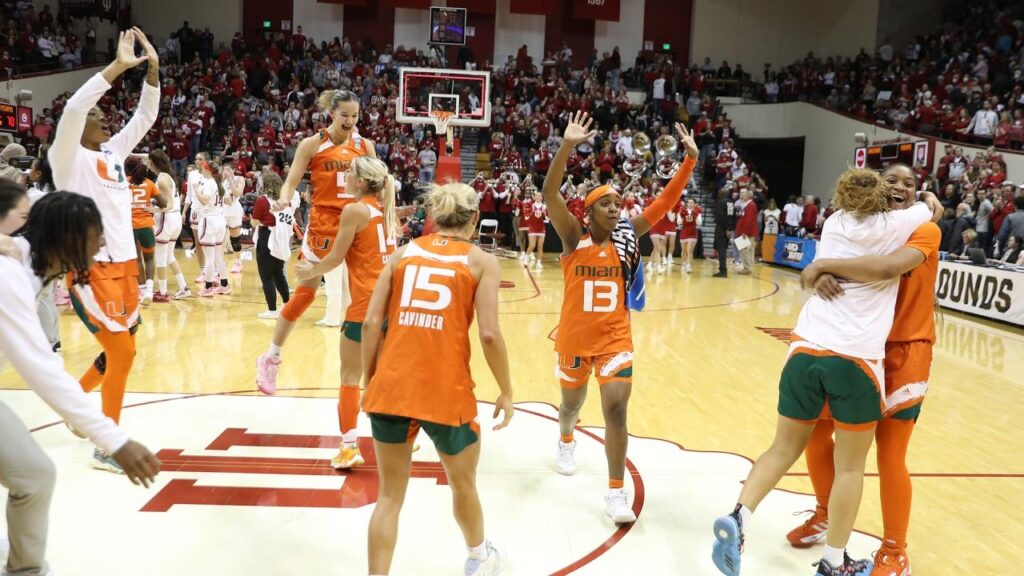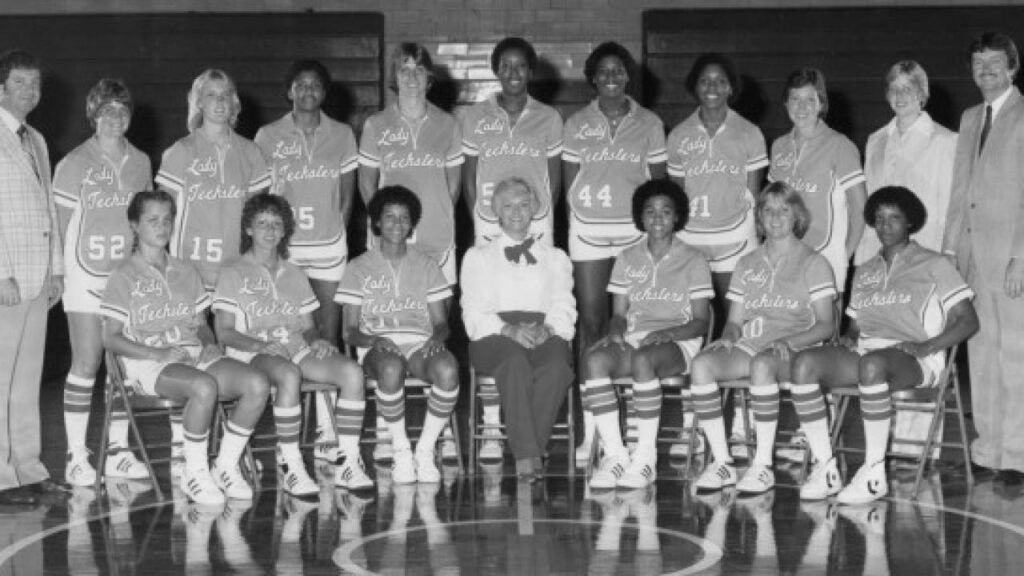Table of Contents:
The Women’s NCAA Basketball Tournament is a highly anticipated event to determine the national champion of Division 1 women’s basketball. It features sixty-four of the top women’s college basketball teams in a single-elimination, bracket-style competition. In this article, we’ll take a closer look at the tournament and provide an overview of what fans can expect.
From Selection to Championship: A Step-by-Step Guide to the Women's NCAA Basketball Tournament
The Selection Process
The sixty-four teams make their way into the tournament as either an “automatic bid” or an “at-large bid”. Automatic bids are given to teams that win their respective conference championships. There are thirty-two automatic bids available, leaving thirty-two spots for at-large bids. The at-large bids are selected by the NCAA Women’s Basketball Committee, which takes into account factors like a team’s overall record and strength of schedule.

Photo from NCAA.com
Seeding and Tournament Rounds
The tournament is divided into four regions of sixteen teams each. Each team is seeded from one to sixteen within their region.The top seed in each region is considered the strongest team, while the sixteenth seed is considered the weakest.
The tournament is divided into six rounds, with each round cutting the field in half.
- First Round (64 teams)
- Second Round (32 teams)
- Sweet 16 (16 teams)
- Elite Eight (8 teams)
- Final Four (4 teams)
- Championship Game (2 teams)
The tournament’s single-elimination format means that, once a team loses, they are eliminated.
The First and Second Rounds take place at predetermined locations, with the higher-seeded team playing at home. The Sweet 16 and Elite Eight are played at neutral sites, while the Final Four and Championship Game are held at a predetermined location. The winner of each region advances to the Final Four, which consists of two semifinal games, with the winners advancing to the Championship Game to determine the national champion.
A Look Back at the History of the Women's NCAA Basketball Tournament
From the Beginning
The Women’s NCAA Basketball Tournament debuted in 1982 with thirty-two teams competing in a single-elimination format. Previously organized by the National Association of Intercollegiate Athletics (NAIA), the NCAA took over in 1981. The first tournament was won by Louisiana Tech, coached by the legendary Leon Barmore.
Since then, the tournament has grown in popularity and expanded to sixty-four teams in 1991, matching the Men’s NCAA Basketball Tournament. The event has been the stage for several historic moments and unforgettable games. In 1995, the University of Connecticut won their first national championship, kicking off a dynasty that would accumulate 11 championships over the next three decades. In 2018, Geno Auriemma, head coach of UConn, became the all-time winningest coach in NCAA women’s basketball history, surpassing Pat Summitt with over 1,000 victories.

1982 team photo from NCAA.com
In Recent Years
Over the last few seasons, the Women’s NCAA Basketball Tournament has continued to grow and evolve. The tournament has seen an increase in media coverage, with more games being broadcast on national television and online. In 2021, the tournament set a new record for viewership, with an average of 3.3 million viewers tuning in to watch the games.
In addition to the on-court action, the Women’s NCAA Basketball Tournament has also been a platform for social and political activism. In 2021, the tournament was held entirely in San Antonio, Texas, due to the COVID-19 pandemic. During the tournament, players and coaches brought attention to issues such as racial inequality and police brutality by wearing warm-up shirts with social justice messages.
Since then, the tournament has grown in popularity and expanded to sixty-four teams in 1991, matching the Men’s NCAA Basketball Tournament. The event has been the stage for several historic moments and unforgettable games. In 1995, the University of Connecticut won their first national championship, kicking off a dynasty that would accumulate 11 championships over the next three decades. In 2018, Geno Auriemma, head coach of UConn, became the all-time winningest coach in NCAA women’s basketball history, surpassing Pat Summitt with over 1,000 victories.
Empowering Young Women and Inspiring Fans—The Future of the Women's Tournament
Today, the Women’s NCAA Tourney has grown into one of the most popular and exciting events in college sports. The tournament features some of the best women’s basketball players in the world, showcasing their skills and athleticism in front of millions of fans across the country.
With more media coverage, increased viewership, and a growing fan base, the Women’s NCAA Basketball Tournament is poised to become even more successful in the years to come. As the tournament continues to evolve, it will undoubtedly continue to inspire and empower young women, paving the way for a brighter future for women’s basketball.
In addition to the on-court action, the Women’s NCAA Basketball Tournament has also been a platform for social and political activism. In 2021, the tournament was held entirely in San Antonio, Texas, due to the COVID-19 pandemic. During the tournament, players and coaches brought attention to issues such as racial inequality and police brutality by wearing warm-up shirts with social justice messages.
Since then, the tournament has grown in popularity and expanded to sixty-four teams in 1991, matching the Men’s NCAA Basketball Tournament. The event has been the stage for several historic moments and unforgettable games. In 1995, the University of Connecticut won their first national championship, kicking off a dynasty that would accumulate 11 championships over the next three decades. In 2018, Geno Auriemma, head coach of UConn, became the all-time winningest coach in NCAA women’s basketball history, surpassing Pat Summitt with over 1,000 victories.



